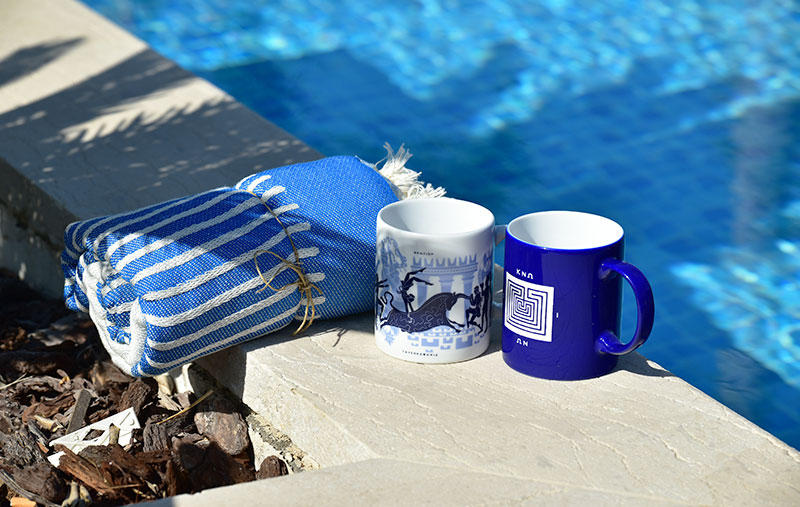The quiet, relative unspoiled village of Kalyves ("Small Shelters") is 20 km west of Chania, on the north coast of Crete, but on the south side of Souda Bay, which is about 4 km wide at that point. This long, narrow village of about 1500 is mostly comprised of one central street running its entire length between the beach and a line of low hills about 200 meters inland.
It has a nice, scenic harbor, with the a 30-meter high, Gibraltar-shaped promontory called Kastelli Hill serving as an eastern bookend to the harbor and the village. At a much lower elevation where the tip of the promontory touches the sea are the ruins of the Kastello Apicorono, built during the late Middle Ages by the Venetians and improved upon by the Ottoman Turks. The crescent of Islam is carved into the side of a now-dry Ottoman fountain on the site, and the ruins are protected by Venetian-built walls.
The Ksudas River flows out of the highlands to the south and empties into the bay at approximately the mid-point of the long, narrow village. It's navigable in the village, and is home to ducks and trout, which can be fed with bread year-round, and caught for food only in the early autumn.
The beach is very pleasant, sandy, with a few tavernas nearby, and the backdrop of the White Mountains to the south. The twin beaches of Kalyves are divided by the channel of the Ksudas as it empties into the bay. The waters are exceptionally clear and shallow which makes them safe for kids. Beach umbrellas and sun beds are on offer, as well as a number of water sports including jet ski and water skiing at the beaches' western end.
The bus to Chania for sightseeing is cheap and runs frequently, and the ride only takes about a half hour. In addition, just a few kilometers west at Aptera are some ancient Roman-era ruins, as well as a 19th-century Turkish fort which overlooks the sea.
Kalyves is a great place for a quiet stay and as a base to more lively destinations like Chania.











